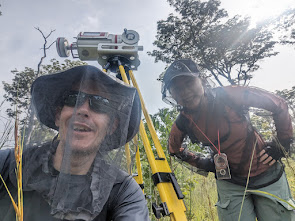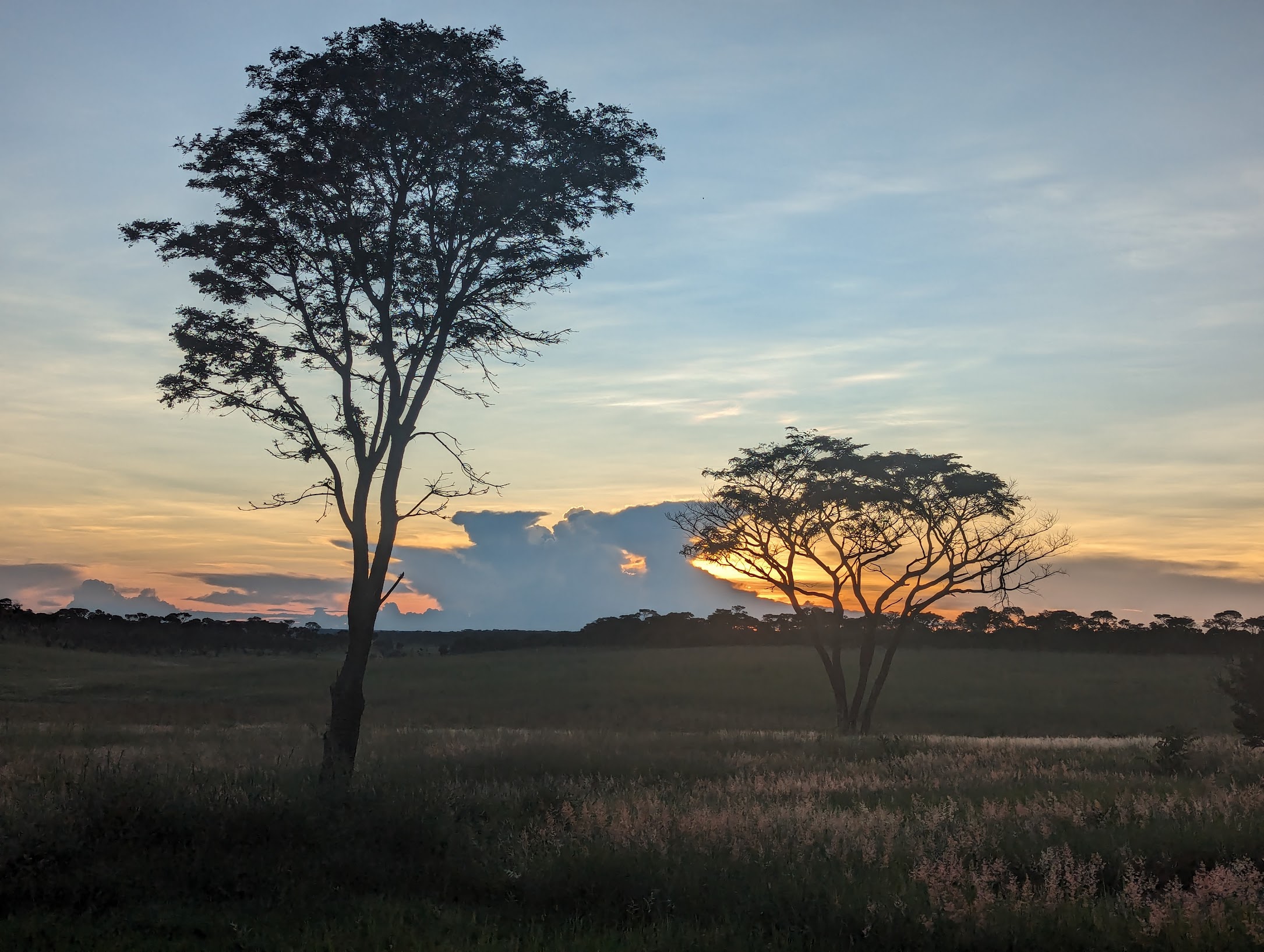
News and Media

LiDAR scanning uncovers huge amount of carbon stored in a Mozambique forest

A group of environmental scientists have conducted research, using laser pulses, to measure exactly how much carbon is stored in the tree trunks and branches of a forest in Mozambique’s Gilé National Park.
NCEO Prof Mat Disney was part of the collaborative effort between UK-based carbon data platform Sylvera, Mozambique’s National Fund for Sustainable Development, the World Bank and Mozambican researchers familiar with the ecology of the study area.
The aim of the study was to get an accurate estimate of how much carbon was being stored in the 50,000 hectares of the forest’s aboveground biomass. The research team used nearly 450 billion laser pulses from the ground, drones and helicopters to produce very detailed 3D images of the forest and accurate measurements including the size and volume of the trees.

The results of the study were astounding. The team discovered that the 50,000 hectares of forest may store 1.71 million tonnes of carbon in the tree trunks and branches, between 1.5 to 2.2 times greater than previously estimated.
‘This result is really striking and it highlights once again just how difficult it is to generalise what we think we know about forests. That’s where satellite missions like BIOMASS come in, particularly combined with data from local field teams and high resolution lidar like we used in Mozambique.’
Professor Mathias Disney, NCEO / UCL
The largest 11% of the tress in the forest stored 50% of the aboveground biomass (therefore carbon). The carbon in these trees has been particularly difficult to measure using traditional methods due to their significant height and weight.
If the same technique of applying LiDAR scanning to the rest of the Miombo woodlands was implemented, the team could have uncovered up to 3.7 PgC (billion tonnes of carbon) more than what is currently estimated. For context, this is approximately 10% of the annual global carbon emissions from industry and fossil fuels.
The research highlights how little we know about trees and their significance in the carbon cycle. Using new technologies such as LiDAR scanning and ground observations is starting to unfold their value environmentally and economic potential.
Mat’s work in Mozambique and in forests more local such as Wytham Wood in Oxfordshire is critical for improving our understanding of forests in the carbon cycle. In 2025, we hope to see the launch of the European Space Agency mission, BIOMASS, which will be the next step in measuring carbon in the Earth’s forests from space.
Latest News and Events





